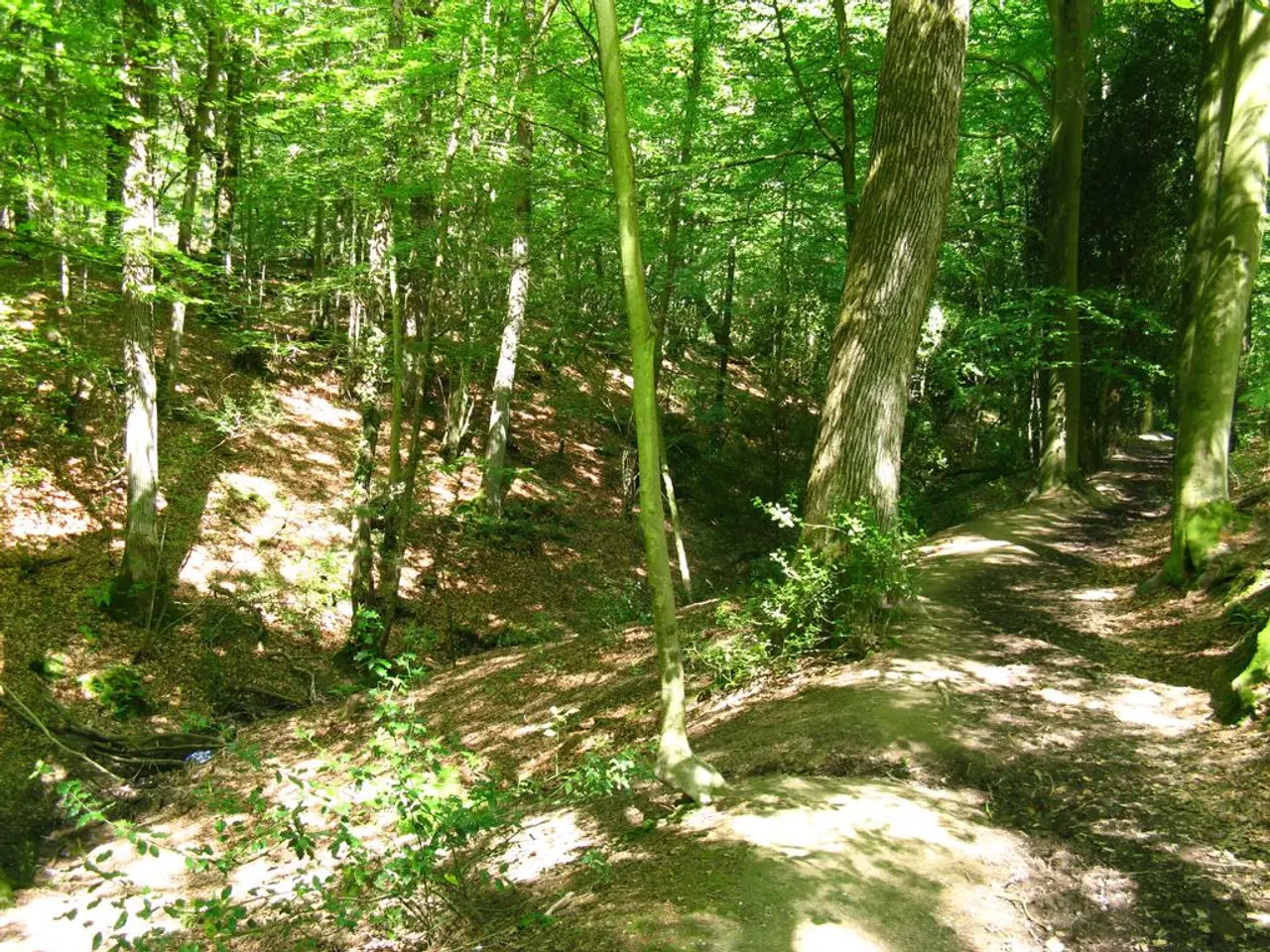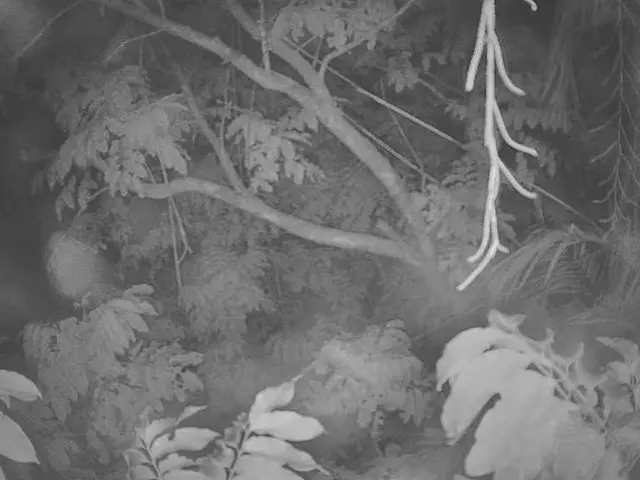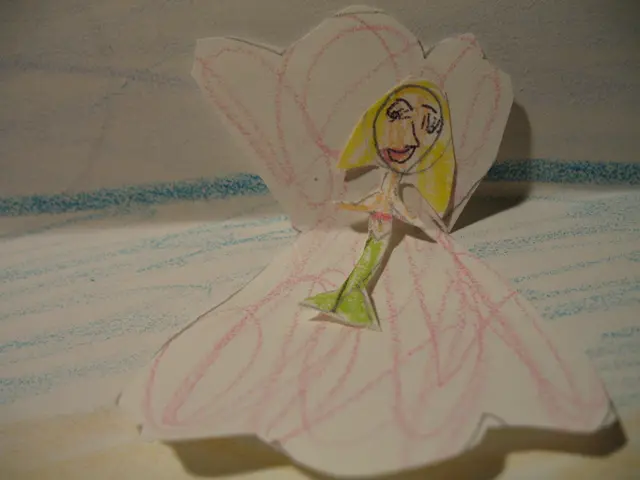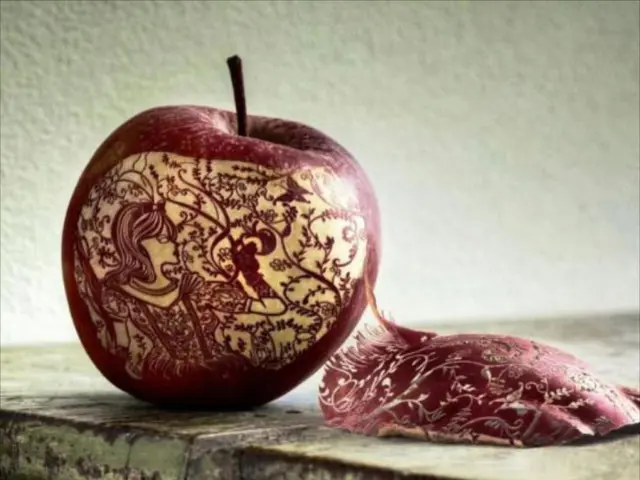Effective Techniques for Eradicating Tree of Heaven: A Look at 4 Strategies
By Serena Manickam
The Tree of Heaven, scientifically known as Ailanthus altissima, is a fast-spreading invasive species that can be found in USDA zones 5-8 throughout the United States. Its large compound leaves, distinctive odor, and rapid growth make it a common sight, but also a problematic one.
This tree, often confused with black walnut or sumac, grows with 10-41 leaflets that have smooth or slightly toothed edges. When crushed, the leaves emit a strong, somewhat unpleasant odor, often likened to the smell of wet gym socks, cat urine, or burnt peanut butter. The bark is smooth and gray on young trees, and the tree produces long, thin, and tan-colored seed clusters after the panicle-shaped blossoms fade.
Due to its invasive nature and prolific resprouting, simple cutting does not work for removing the Tree of Heaven. Instead, effective removal usually requires a combination of methods.
Hand-pulling is an option for small tree of heaven seedlings, especially when the soil is moist, ensuring all roots are removed. For mature trees, herbicide treatment is essential. Systemic herbicides, such as glyphosate or triclopyr, can be applied directly to freshly cut stumps (cut and treat or hack-and-squirt methods) or injected into trunks. This is most effective in late spring or early summer.
The hack-and-squirt treatment is best for smaller infestations of trees with trunks at least one inch in diameter. This method involves making cuts in the trunk and squirting the herbicide into the wounds. Basal bark treatment, where herbicide is applied directly to the trunk in a 12- to 18-inch solid band around the base, works best for trees under six inches in diameter.
Foliar herbicide application can be used on smaller, lower-growing trees, with a follow-up hack-and-squirt application for larger stems. Repeated monitoring and re-treatment are necessary due to the tree's strong underground root system and prolific resprouting, with control efforts often taking 3–5 years with multiple treatments needed.
After herbicide application, it's crucial to remove the dying trees to reduce seed spread and further suckering. It's also worth noting that Tree of Heaven serves as a preferred host of the invasive spotted lanternfly, helping to reduce its spread.
Professional herbicide applicators may be needed for safe and effective management. Persistence and adherence to best management practices are critical for successful eradication.
In conclusion, while the Tree of Heaven may be a beautiful sight, its invasive nature and fast growth make it a problematic species. By understanding its characteristics and implementing effective control methods, we can work towards reducing its impact on our ecosystems.
- To combat the invasive Tree of Heaven, it's advisable to employ various methods like hand-pulling for small seedlings, herbicide treatment for mature trees, and selecting the right herbicide application technique based on the tree's size.
- In addition, it's important to remove dying trees post-herbicide application to limit seed spread and control suckering.
- Furthermore, home-and-garden enthusiasts can contribute to ecological balance by reducing the Tree of Heaven's impact through informed gardening and adherence to best management practices.
- Lastly, for safe and effective management of this problematic species, professional herbicide applicators may be necessary, emphasizing the need for persistence and commitment to successful eradication.







